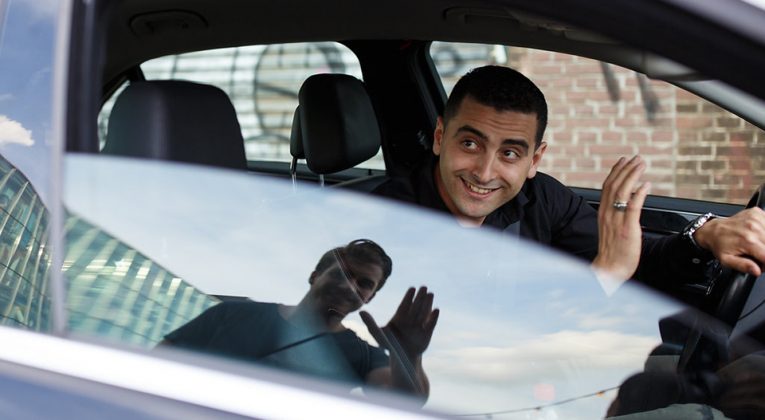Here’s a difference of opinion with real-world implications.
It has long been a centerpiece of Uber and Lyft’s self-promotion that the proliferation of such ride-share services was a boon to the country’s most congested cities. The idea was that by giving people an alternative to firing up their own cars for every trip, no matter how long or how short, the net amount of city traffic would be reduced.
Result: fewer cars on the road, faster trip times, less frustration, less pollution.
For a Los Angeles resident like myself, it’s a compelling vision. But along with other platitudes of the so-called gig economy, this one isn’t standing up to the test of reality-checking.
According to the Associated Press, “ride-hailing companies are pulling riders off buses, subways, bicycles and their own feet and putting them in cars instead.” And those cars are Uber or Lyft vehicles, that weren’t on the road before.
Result: more congestion, slower trip times, more frustration, more pollution.
Related:
The AP article cites several recent studies to support its conclusions. One study found that ride-share drivers make 170,000 trips in central San Francisco on a typical weekday. That’s 12-times the average number of taxi trips.
Another study cited found that respondents would not have made between 49 and 61 percent of ride-share trips at all if the option didn’t exist, or they would have walked, biked, or used public transit.
The AP did find one study that seemed to support the Uber version of history. That study found that between 2012 and 2015, the number of passenger vehicles in London, including Uber cars, remained approximately the same. There was a detectable uptick in congestion, but it was attributed to road construction and trucks delivering purchases made online.
The evidence linking ride-sharing and congestion falls a bit short of conclusive at this point. Check back for updates next year.
Reader Reality Check
Is Uber going to save us, or strangle us?
After 20 years working in the travel industry, and almost that long writing about it, Tim Winship knows a thing or two about travel. Follow him on Twitter @twinship.
This article first appeared on SmarterTravel.com, where Tim is Editor-at-Large.





